Uncover the Mysteries of Spanish Olive Oil: A Guide to the Finest Elixir
Spanish olive oil is often considered one of the world's greatest gastronomic treasures. Its richness in complex flavors and superior quality make it a must-have ingredient in every refined kitchen.
In this comprehensive guide, we invite you to delve into the secrets of Spanish olive oil. You will discover the art of olive growing and the importance of traditional harvesting methods, which contribute to the exceptional quality of this renowned product.
We will also reveal the different types of Spanish olive oil, from delicious extra virgin oils to more refined varieties, including organic and flavored oils. We will guide you in choosing the perfect olive oil to enhance your favorite dishes.
So embark with us on a journey through the sunny landscapes of Spain and discover the wonders of Spanish olive oil, this precious elixir that will awaken your taste buds and enchant your simplest and most sophisticated meals.
History and tradition of Spanish olive oil
Spain has a long and illustrious history of olive oil production. Olive cultivation dates back thousands of years and has always been an integral part of Spanish culture. The country's Mediterranean climate and fertile soil provide ideal conditions for olive trees to grow.

The tradition of olive oil production in Spain has been passed down from generation to generation, with each family bringing their own techniques and know-how. The art of growing and harvesting olives is deeply rooted in Spanish culture, and it is this deep-rooted tradition that contributes to the exceptional quality of Spanish olive oil.
Throughout history, Spanish olive oil has been highly regarded for its superior taste and quality. It is an essential part of Spanish cuisine, adding depth and flavour to a wide range of dishes. From the simple pleasures of a fresh salad drizzled with olive oil to the complex flavours of a hearty paella, Spanish olive oil has always been at the heart of the country’s culinary identity.
The different types of Spanish olive oil
There is a wide variety of Spanish olive oils. The different types of Spanish olive oil can be classified according to their production methods and quality.

Extra virgin olive oil is the highest quality oil, obtained from the first pressing of olives. It is known for its intense flavor and low acidity, making it ideal for cooking and finishing dishes. Extra virgin olive oil is often used in salads, marinades, and sauces to give them a rich, fruity taste.
Virgin olive oil is also obtained from the first pressing of olives, but its acidity level is slightly higher than that of extra virgin oil. It maintains a high quality level and can be used for cooking and seasoning dishes.
Refined olive oil is made from virgin olive oil that has undergone a refining process to remove impurities and reduce acidity. Its flavor is more neutral than that of extra virgin olive oil and virgin olive oil, making it suitable for cooking at higher temperatures.
Olive pomace oil is the lowest grade of olive oil and is made from the remains of the pulp and pits of olives. It is often used in commercial cooking and is not recommended for drizzling or finishing dishes.
Organic olive oil is produced using organic farming methods, without synthetic fertilizers or pesticides. It is a popular choice for those looking for a more sustainable and environmentally friendly option.
Flavored olive oils are infused with various ingredients such as herbs, spices, or fruits to add an extra dimension to the flavor of dishes. These oils can be used to enhance the taste of salads, marinades, or even desserts.
Factors influencing the quality of Spanish olive oil
Several factors contribute to the exceptional quality of Spanish olive oil. The first and most important is the quality of the olives themselves. Spain has a wide variety of olive cultivars, each with a unique flavor profile. The climatic and soil conditions of the different regions of Spain also play a crucial role in the taste and quality of the olives.

Traditional harvesting methods are another important factor that sets Spanish olive oil apart. In Spain, olives are often picked by hand rather than using machines. This meticulous process ensures that only the best olives are selected, resulting in a higher quality oil.
The timing of the harvest is also crucial to the flavor and quality of Spanish olive oil. Olives harvested at the right time, when they are perfectly ripe, will produce a more flavorful and aromatic oil.
Finally, the extraction process itself plays an important role in the quality of Spanish olive oil. Cold pressing, which involves crushing the olives without using heat or chemicals, is the preferred method for producing high-quality olive oil. This gentle extraction process helps preserve the natural flavors and aromas of the olives.
The Health Benefits of Spanish Olive Oil
Aside from its exquisite taste, Spanish olive oil has many health benefits. It is rich in monounsaturated fats, which are known to promote heart health and reduce the risk of cardiovascular disease. The high antioxidant content of olive oil also helps protect the body from oxidative stress and inflammation.
Spanish olive oil is also a good source of vitamins E and K, as well as beneficial polyphenols. These compounds have been linked to various health benefits, including improved digestion, reduced inflammation, and improved cognitive function.
Incorporating Spanish olive oil into your diet can have a positive impact on your overall health and well-being. Whether drizzled over a fresh salad, used in cooking, or simply enjoyed with a piece of crusty bread, Spanish olive oil is a delicious and nutritious addition to any meal.
How to choose and store Spanish olive oil?
When choosing Spanish olive oil, it is important to consider several factors to ensure that you choose the right one for your needs. First, look for a reputable brand or producer that has a proven track record of producing high-quality olive oil. Consider factors such as the region of production, the type of olives used, and the production methods employed. If you are looking for an ecommerce site to buy from, consider Olive Oil - Spanish Cuisine - The last bellota (cuisinedespagne.fr) .
Pay attention to the labeling on the bottle. Look for terms like “extra virgin,” “cold pressed,” and “first cold pressed” to ensure you’re getting the highest quality oil. Avoid oils labeled “light” or “pure,” as these are often refined oils that are lesser in quality and flavor.

Once you have chosen your Spanish olive oil, it is important to store it properly in order to preserve its quality and flavor. Store the oil in a cool, dark place, away from direct sunlight and heat sources. Exposure to light and heat can accelerate the deterioration of the oil.
Consider using a dark-colored bottle or storing the oil in a dark cupboard to protect it from light. Olive oil is best consumed within a year of purchase, so try to use it within this time frame to fully enjoy its flavor and health benefits.
The Best Ways to Use Spanish Olive Oil in Cooking
Spanish olive oil is incredibly versatile and can be used in a wide variety of dishes. Its rich, fruity flavors and creamy texture make it an ideal choice for cooking and finishing dishes.

When using Spanish olive oil in cooking, it is important to choose the right oil. Extra virgin olive oil is perfect for drizzling on salads, grilled vegetables or fresh bread. Its intense flavour and low acidity add a touch of freshness to any dish.
For sautéing and frying, choose a more refined olive oil with a higher smoke point. Refined olive oil has a more neutral flavor and can withstand higher temperatures without burning or smoking.
Spanish olive oil is also a great baking ingredient. It can be used in cakes, cookies, and bread to add moisture and richness to the final product. Experiment with different types of olive oil to discover the unique flavors they bring to your baked goods.
Finally, don’t forget to use Spanish olive oil as a finishing touch to your dishes. Drizzle a little extra virgin olive oil over soups, stews, or grilled meats to enhance the flavors and give them a nice shine. The possibilities are endless when it comes to incorporating Spanish olive oil into your cooking.
Conclusion: Savoring the wonders of Spanish olive oil
Spanish olive oil is a remarkable elixir that has captured the hearts and palates of food lovers around the world. Its rich, complex flavors and exceptional quality make it a must-have ingredient in every kitchen.
In this guide, we explored the history and tradition of Spanish olive oil, the different types available, and the factors that contribute to its exceptional quality. We also covered the health benefits of Spanish olive oil, how to choose and store it, and the best ways to use it in cooking.
Whether you drizzle it over a fresh salad, use it to sauté vegetables or simply enjoy it with a piece of crusty bread, Spanish olive oil will elevate your culinary creations to new heights. Why not take a journey through the sunny landscapes of Spain and uncover the secrets of this precious elixir? Discover the wonders of Spanish olive oil and let it awaken your taste buds with its incomparable flavor and aroma.

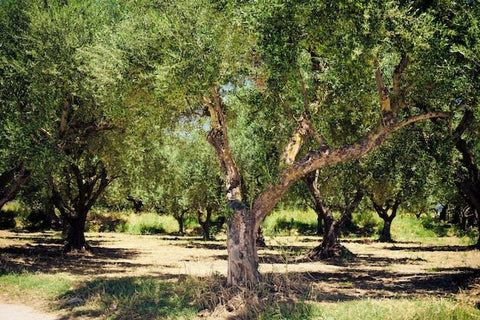
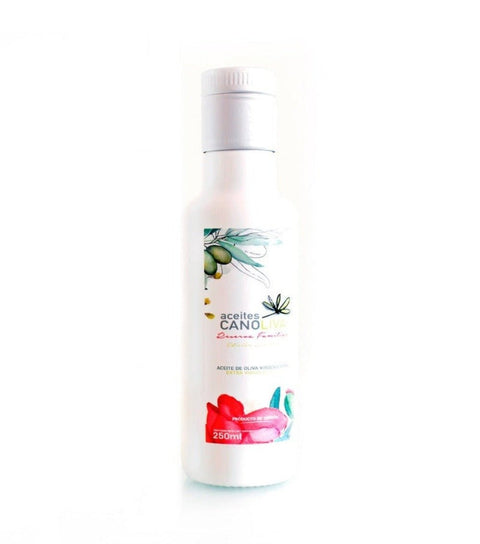
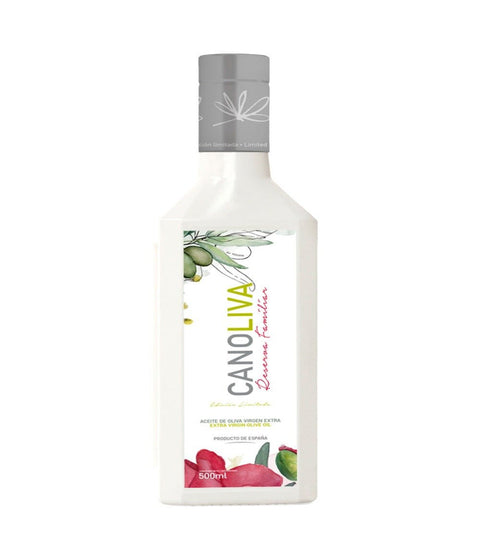
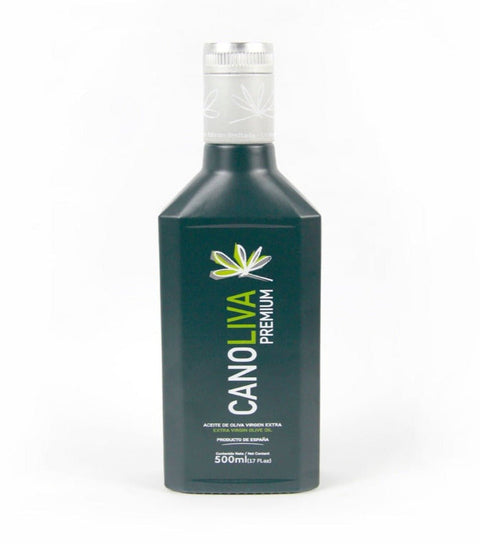
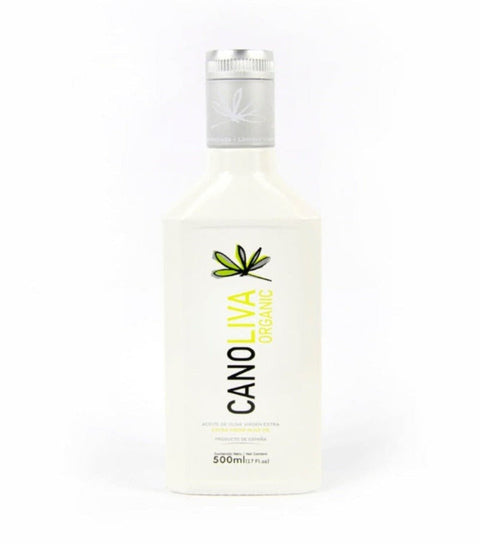
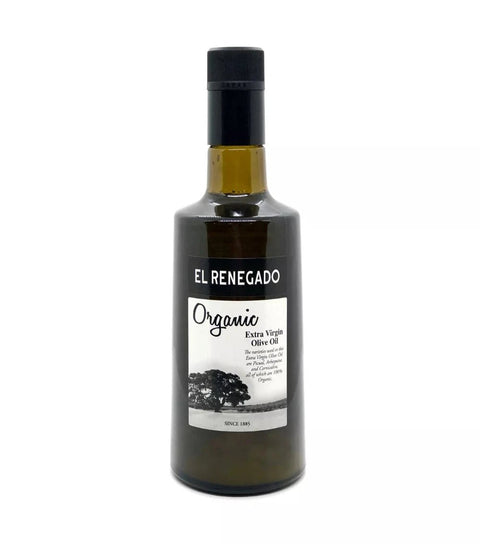
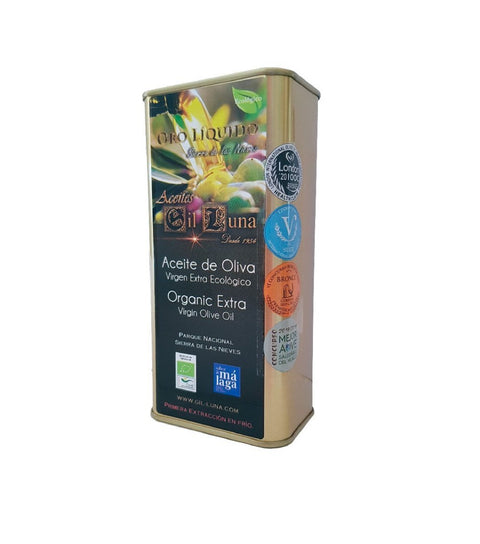
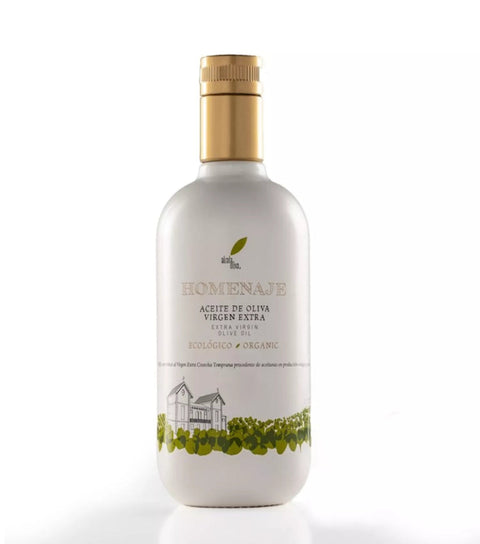
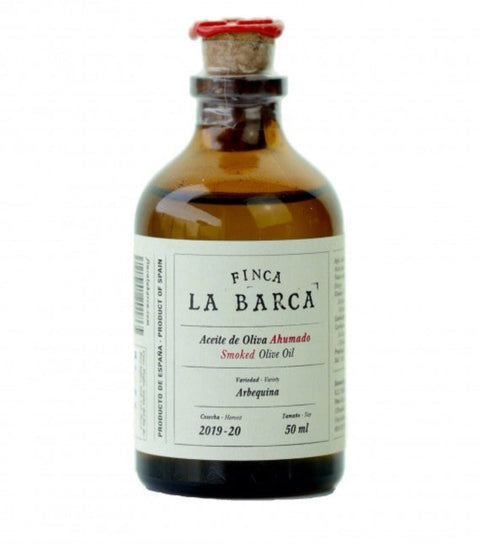
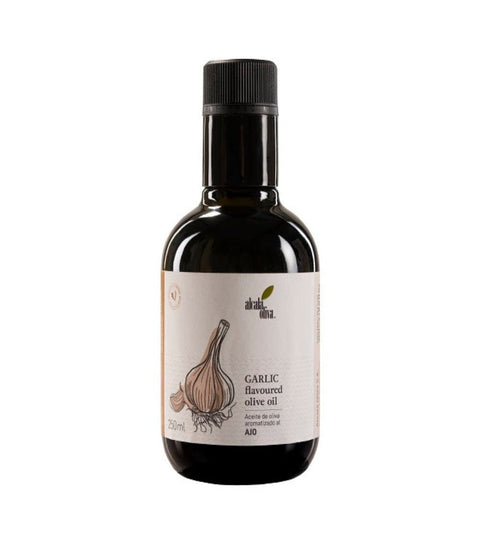
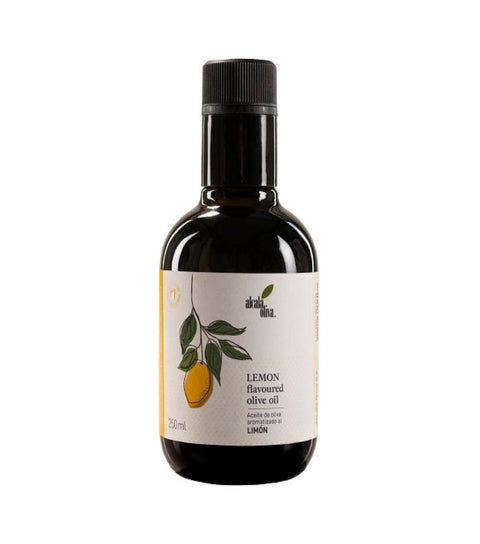
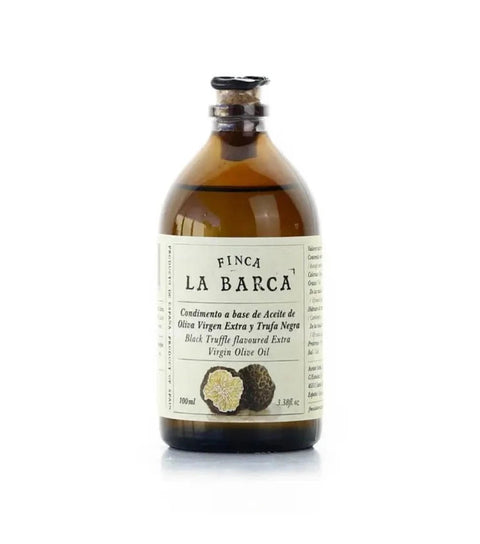
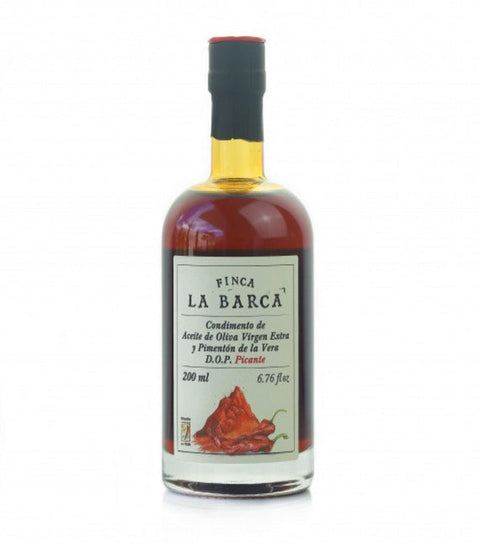
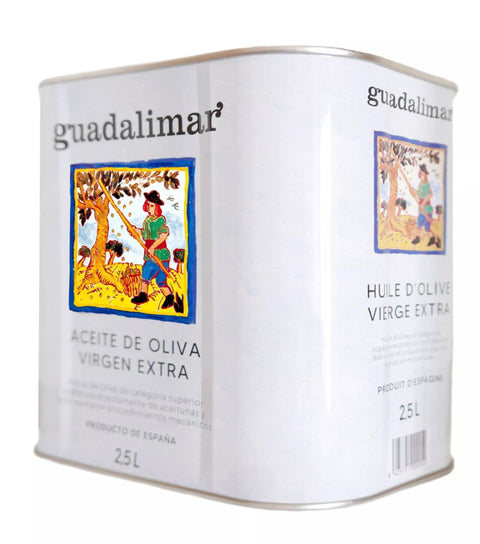
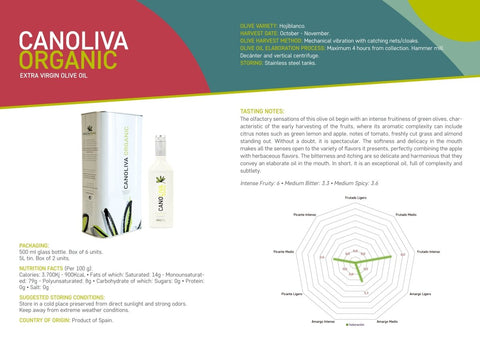
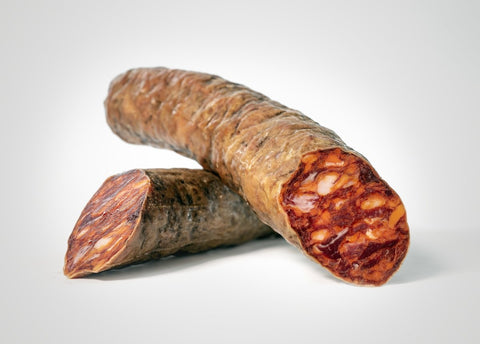
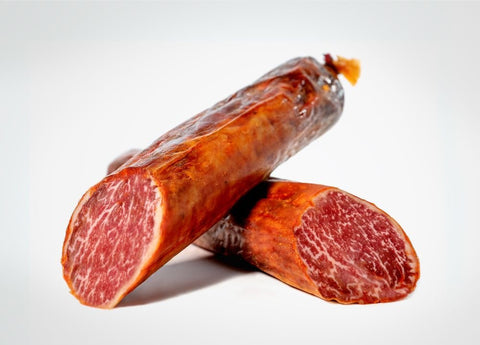
Comments (0)
There are no comments for this article. Be the first one to leave a message!